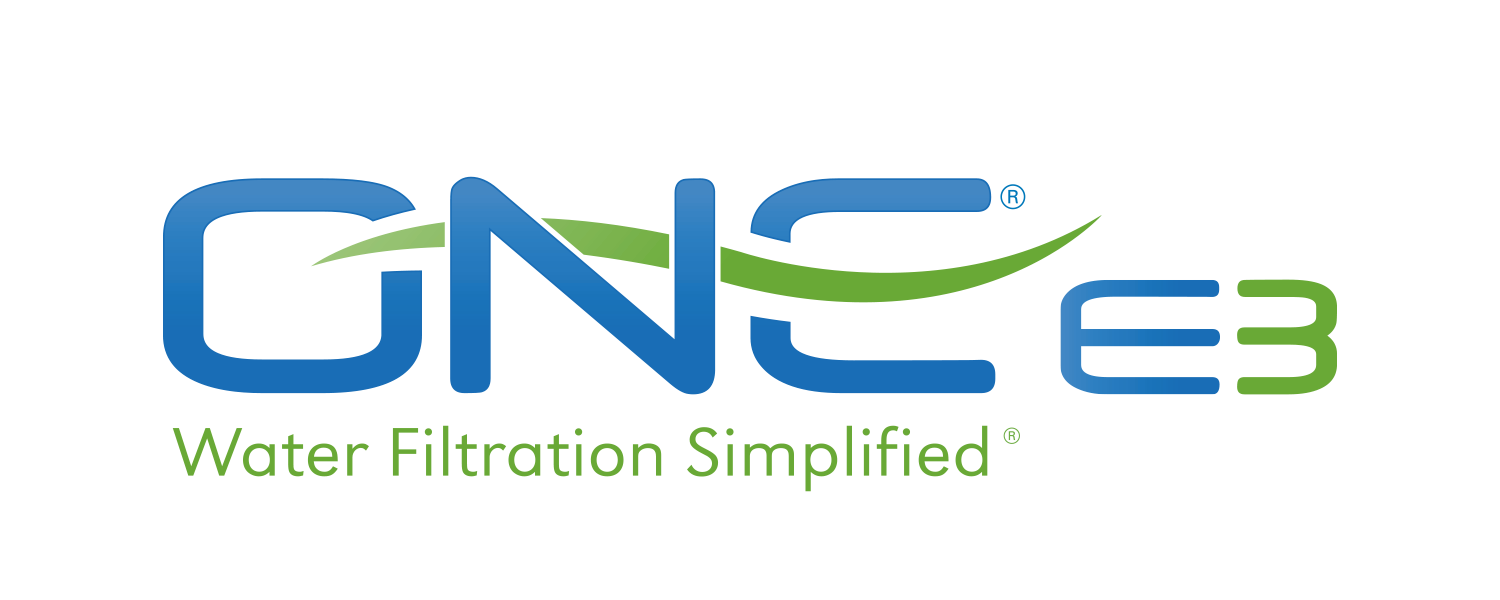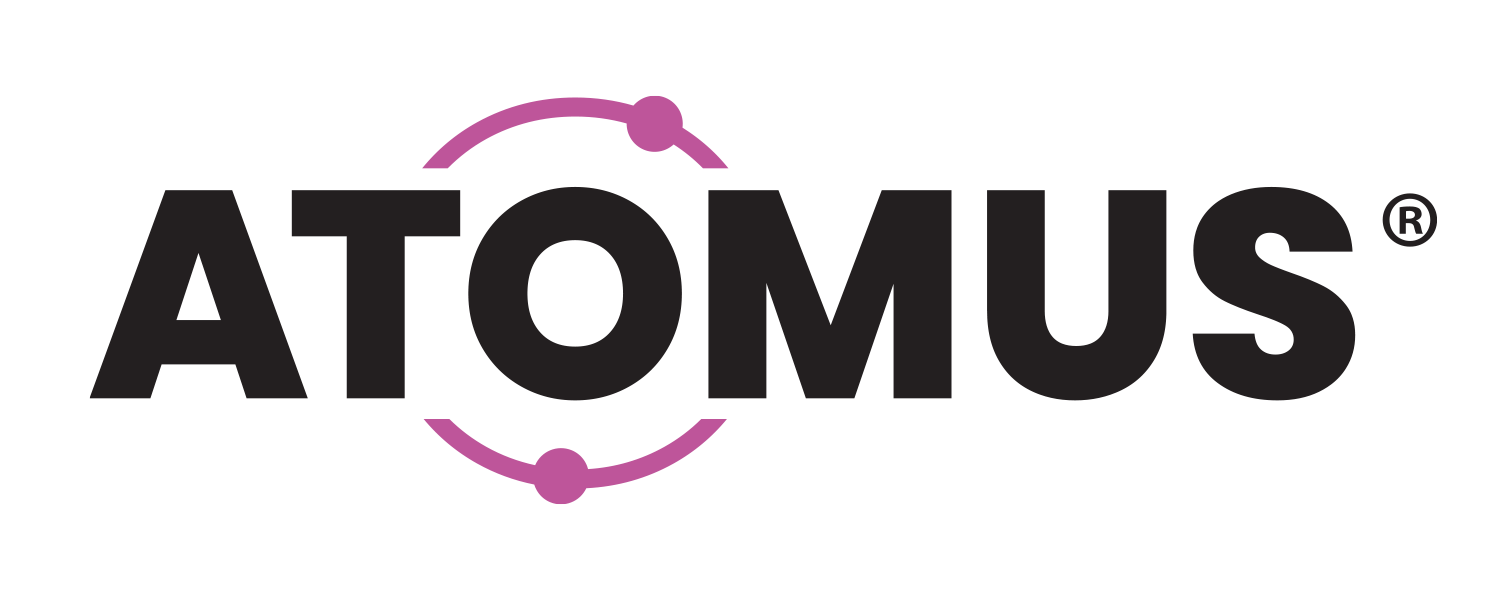It’s seems crazy given that 71% of the earth’s surface is covered in water, but there are still many areas and people in the world without access to healthy drinking water. That’s because most of the world’s water is salt water, instead of fresh water.
Here’s a quick breakdown of the earth’s water from Universe Today:
- 96.5% of the Earth’s water is salt water (found in the oceans)
- 3.5% is freshwater (found in lakes, glaciers and ice caps)
- 69% of all freshwater is frozen in glaciers and ice caps
This actually leaves only a small percentage of the world’s water as ideal for drinking. When you factor in things like drought, contamination and population growth, the challenges of making healthy, clean water available to everyone in the world increase.
Still, as a global community we’ve made huge strides in this arena. According to the Worldwide Health Organization (WHO):
- 91% of the world’s population had access to an improved drinking-water source in 2015, compared with 76% in 1990 (a 15% increase in 25 years)
- 2.6 billion people have gained access to an improved drinking-water source in that time
- 4.2 billion people now get water through a piped connection; 2.4 billion access water through other improved sources including public taps, protected wells and boreholes
As mentioned above though, the challenges of getting everyone access to healthy water remain and in some cases are increasing. WHO notes that:
- 663 million people rely on unimproved sources, including 159 million dependent on surface water
- Globally, at least 1.8 billion people use a drinking-water source contaminated with feces
- By 2025, half of the world’s population will be living in water-stressed areas
Fortunately, people across the globe and great organizations like charity: water (which focuses on establishing water sources in rural communities) are working hard everyday to solve this problem.
Access to clean water is an essential human right. The United Nations (UN) General Assembly states: “Everyone has the right to sufficient, continuous, safe, acceptable, physically accessible and affordable water for personal and domestic use.”


